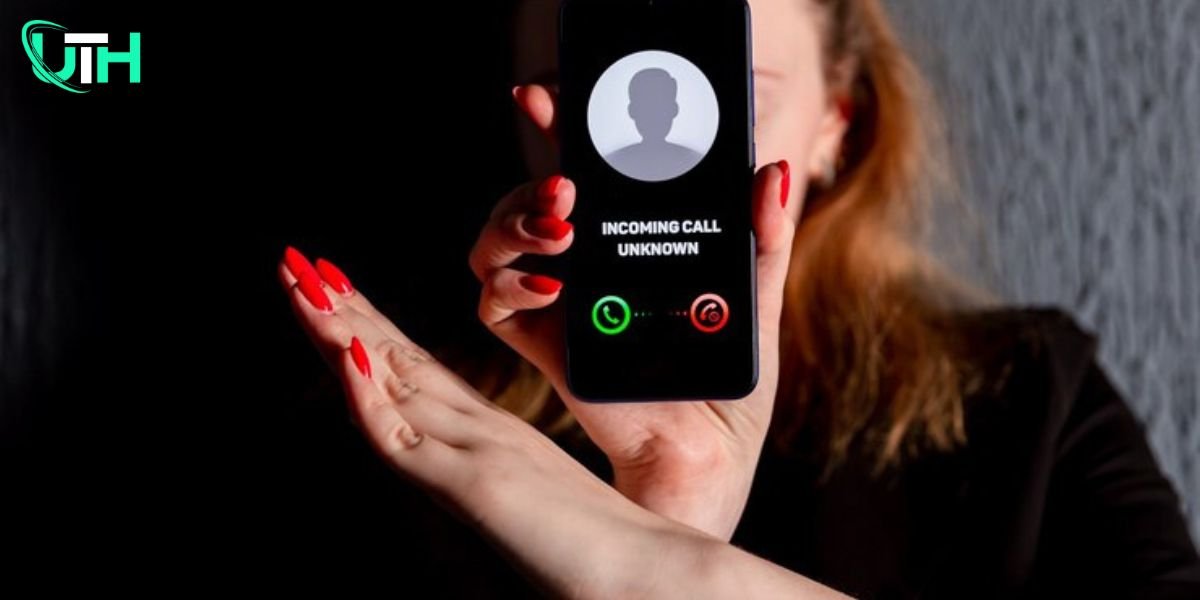Software and Development
Revolutionizing Communication: The Future of Video Calling and Video Services

In an age where distance used to equal disconnection, today’s technology has brought us closer together than ever before — no matter where we are. With the speed of innovation in Video Calling Services and video services, communication is no longer merely about speaking; it’s about seeing, sharing, and living through moments together in real time. The future of these technologies holds even greater possibilities as we look ahead.
The Evolution of Video Calling Services
When video calling went mainstream initially, it was an indulgence — slow, jumpy, and unreliable. Earlier versions grappled with abysmal internet speeds, rudimentary hardware capability, and premium prices. Today, look back, and we find video call services as commonplace in our business and personal lives. Zoom, Microsoft Teams, Google Meet, and WhatsApp are some of the platforms that have revolutionized how we connect internationally.
High-definition video, real-time collaboration capabilities, and AI-enhanced features such as noise cancellation and background blurring have transformed the experience. Companies now hold interviews, team meetings, and client presentations via video calls, while families mark birthdays, holidays, and everyday conversations with loved ones worldwide.
The Role of Video Services in Modern Communication
Physicians consult with patients over video. Students take classes from their bedrooms. Brands send customized video messages to customers. The reach and impact of video-based communication are increasing exponentially.
Short-form video, live streaming, and on-demand video have emerged as potent engagement tools. YouTube, TikTok, Instagram, and Twitch have demonstrated that video is not merely a platform — it’s a language in itself.
Emerging Trends Shaping the Future
As we move into the next era of communication, several exciting trends are expected to redefine video calling services and video services:
1. Augmented Reality (AR) and Virtual Reality (VR)
Picture being in a work meeting where you and your team are holograms sitting in a virtual conference room. AR and VR technologies are now starting to merge the physical and digital worlds with the promise of truly immersive experiences. Meta (formerly Facebook) is among those investing heavily in the “metaverse,” where video calls will feel like being in the same room soon enough.
2. AI-Driven Enhancements
As we speak of Artificial Intelligence, it is already in the front seat. The video services have upgraded a lot. There is no workplace that can function without video calling and AI enhancements. For instance, read real-time language translation, or a transcripting an online meeting, or maybe emotion recognition. The developer needs intelligent camera video calling to make the business run smoothly.
3. 5G and Beyond
The use of the 5G network is a game-changer for video calling services. The speed is faster, with lower latency. Also, it moves its ultra-smooth, high-quality video calling service even in areas that are not too urbanized. The dropping in connection and buffering is also a common thing. The connection is effortless now.
4. Security and Privacy Innovations
The expansion of video service usage leads to increased worries about security and privacy. Developments in video technology will prioritize end-to-end encryption, biometric authentication, and improved privacy controls to ensure secure communication for users.
Must Read
AI Voice Scam Kidnapping: How Cybercriminals Use Deepfake Technology to Deceive Victims
Google Voice Verification Code Scam what to do
5. Integration with IoT and Smart Devices
Smart homes are in a developmental phase. They are connected with devices and generate innovative context for video connections. They run on the idea of operating a doorbell camera through a smartphone, smartwatch, and even display live videos while conducting video meetings. It has been a game-changer for a lot of businesses too, like when it comes to marking the attendance of people or connecting immediately with somebody working overseas.
What It Means for Businesses and Individuals
For businesses, the future of video call services and Video Services translates to more effective collaboration, increased customer reach, and creative means to provide products and services. Those companies that shift rapidly to video-based strategies will gain a serious competitive edge.
For people, video technology translates to more accessible work opportunities, improved access to education and medical care, and richer personal connections with loved ones — regardless of distance.
Conclusion
The future of communication is undeniably visual. The constant innovation in video calling services and video technology will make our world increasingly interconnected and accessible while expanding immersive experiences. Video technology connects the world through holographic meetings while AI-powered translation and virtual reality classrooms destroy barriers and create global connections.
Video calls now enable us to share life experiences together rather than just seeing each other.
-

 Phishing attack8 months ago
Phishing attack8 months agoWhat is Spear Phishing and How You Can Identify This Scam?
-

 Social engineering attack9 months ago
Social engineering attack9 months agoBaiting Attacks Explained: A Closer Look at Cyber Threat Tactics
-

 Social engineering attack7 months ago
Social engineering attack7 months agoWhat are Social Engineering Attacks – A Complete Guide to Cyberattacks Prevention
-

 Social engineering attack9 months ago
Social engineering attack9 months agoSpear Phishing Attack: A Targeted Cyber Threat
-

 Social engineering attack9 months ago
Social engineering attack9 months agoWhat is spear phishing attack? A detailed guide
-

 Social engineering attack9 months ago
Social engineering attack9 months agoWhat is spear phishing in cyber security?
-

 Phishing attack7 months ago
Phishing attack7 months agoWhat Are Phishing Emails? A guide for you
-

 Phishing attack3 months ago
Phishing attack3 months agoWhy is Phishing Still a Major Cyber Threat? Everything You Need to Know




















